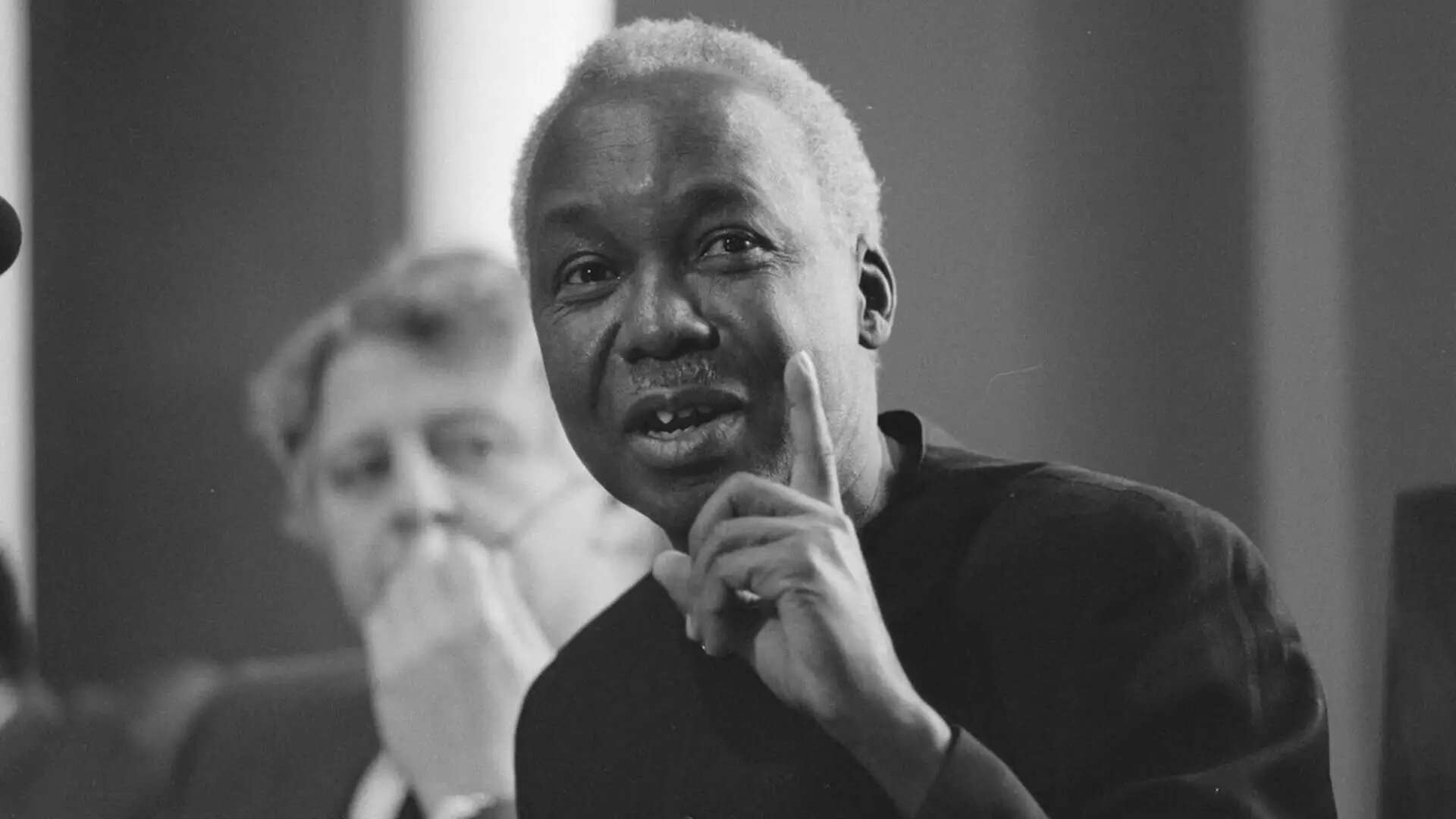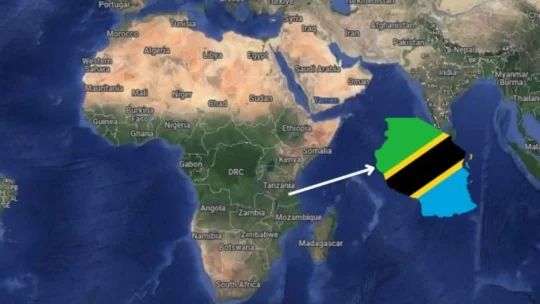- Your cart is empty
- Continue Shopping
The History of Tanzania and Its Role in African Independence
- By Abawei Staff
- Posted on
- Lifestyle

Introduction
Tanzania, the heart of East Africa, is more than a land of breathtaking natural beauty—it is a nation built on unity, freedom, and diplomacy. Its history represents a powerful story of resilience, liberation, and leadership in Africa’s struggle for independence. From the shores of the Indian Ocean to the peaks of Mount Kilimanjaro, Tanzania’s journey stands as an inspiration across the continent.
Historical Background
Tanzania was formed in 1964 through the union of Tanganyika (which gained independence from Britain in 1961) and Zanzibar (which won independence in 1963). This historic merger gave birth to the United Republic of Tanzania, symbolizing unity and the Pan-African dream of cooperation among African states.
Under the visionary leadership of Mwalimu Julius Kambarage Nyerere, Tanzania became a guiding light for other African nations fighting against colonialism. Nyerere’s philosophy of Ujamaa (African socialism) emphasized equality, self-reliance, and community development, shaping not only Tanzania’s identity but also influencing liberation movements across Africa.
Tanzania’s Role in African Independence
During the 1960s and 1970s, Tanzania emerged as a diplomatic and logistical hub for liberation movements across Southern and Central Africa. Dar es Salaam became a safe haven for freedom fighters and political exiles from nations still under colonial rule, including:
- South Africa (African National Congress – ANC)
- Mozambique (FRELIMO)
- Zimbabwe (ZANU and ZAPU)
- Namibia (SWAPO)
- Angola (MPLA)
- Zambia, Malawi, and others seeking independence
Tanzania provided training camps, education, medical care, and political support to these movements. The country also stood firm against apartheid, using diplomacy and cooperation through the Organisation of African Unity (OAU) to mobilize continental and international pressure for African liberation.
This strong Pan-African stance earned Tanzania global respect as a beacon of peace, unity, and solidarity.
Geographical and Environmental Overview
Tanzania’s geography reflects its diversity and strength. The country is located in East Africa, bordered by Kenya and Uganda to the north, Rwanda, Burundi, and the Democratic Republic of Congo to the west, Zambia, Malawi, and Mozambique to the south, and the Indian Ocean to the east.
Its landscape includes:
- Mount Kilimanjaro, Africa’s highest peak
- Serengeti National Park, home to the Great Migration
- Lake Victoria, the world’s second-largest freshwater lake
- Ngorongoro Crater, a UNESCO World Heritage Site
- Zanzibar Archipelago, rich in Swahili culture and history
Tanzania’s natural endowment continues to attract researchers, tourists, and investors from all over the world, sustaining both cultural identity and economic development.
Economic and Diplomatic Influence
Tanzania’s economy is one of the most stable and promising in East Africa. Built on agriculture, tourism, mining, manufacturing, and trade, it serves as a strategic gateway to regional markets through the East African Community (EAC) and the Southern African Development Community (SADC).
Diplomatically, Tanzania is known for its peaceful foreign policy and mediation role in regional conflicts. The country has hosted peace talks for nations such as Burundi, Rwanda, and the Democratic Republic of Congo, further reinforcing its reputation as a pillar of stability and diplomacy in Africa.
Cultural and Social Harmony
Tanzania is home to over 120 ethnic groups, yet remains one of Africa’s most peaceful and united nations. This harmony is largely attributed to:
- The widespread use of Kiswahili, a unifying national language
- The enduring influence of Ujamaa philosophy, promoting equality and shared values
- Deep respect for traditional leadership, religion, and community bonds
This social fabric continues to nurture national pride and a strong sense of identity among Tanzanians.
Conclusion
Tanzania’s story is one of unity, peace, and leadership. From aiding Africa’s liberation to maintaining domestic stability and promoting economic progress, the nation stands as a model of what freedom, cooperation, and vision can achieve.
As the world looks toward Africa’s future, Tanzania remains a cornerstone of Pan-Africanism, diplomacy, and sustainable development—a true symbol of independence and integrity.


